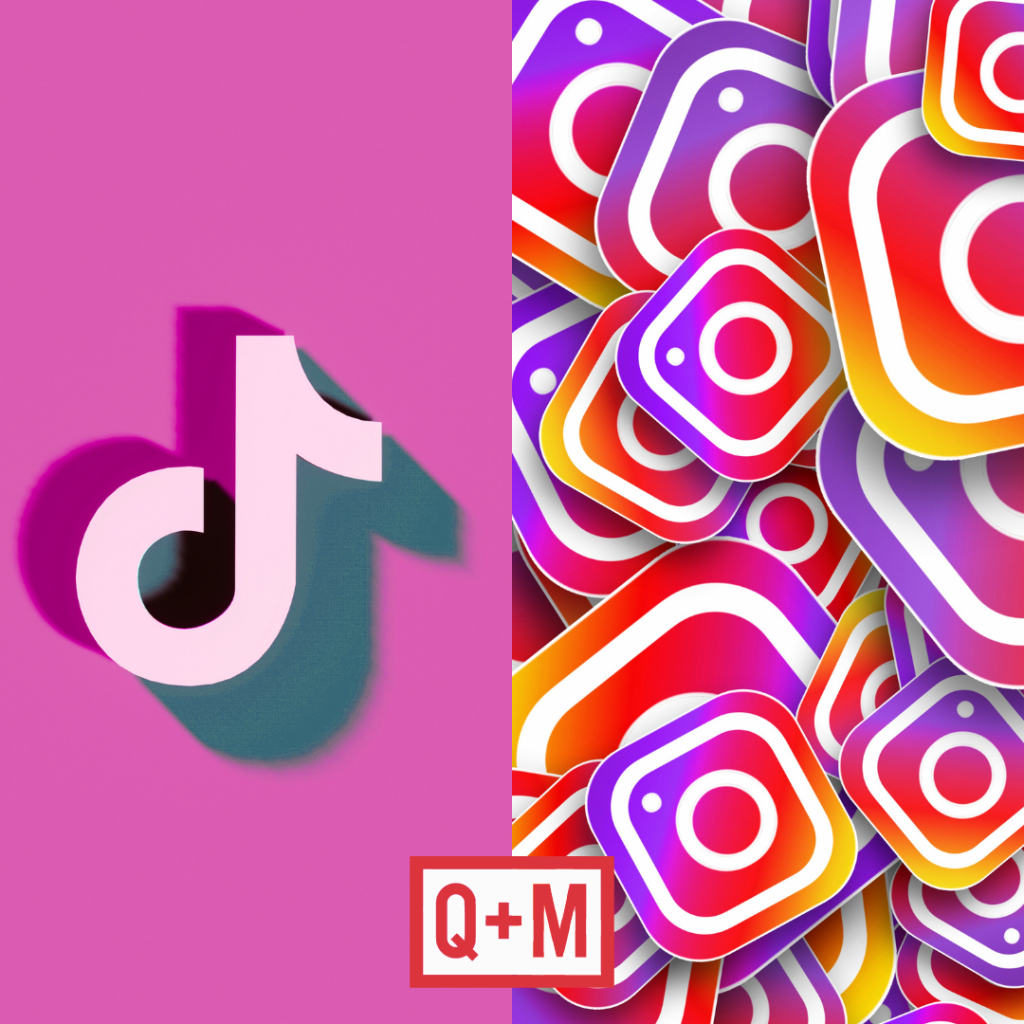Last year, a pandemic put the kibosh on a lot of marketing efforts, including influencers. It was just too tricky for most industries to correctly balance image, tone, and content. As we slowly ease closer to normality, more brands are reopening their Rolodexes to find the right influencer for Q2 and beyond. But what about the right platform?
One size doesn’t fill all. It takes time to find, vet, and build a relationship with an influencer to ensure they value a product, understand and reflect the brand’s image, and incorporate a product in such a way that makes any partnership credible. Contacts and marketing campaigns that include influencers might be on the books now, but in many cases, we won’t see them really activate for another few months, at least.
Finding the right person is a start, but the real key is finding the right platform. It’s important to understand how different demographics use different channels. There’s a ready-made case study for this, too. Why are brands sticking with Instagram over TikTok? Because of who logs in.
Today, Instagram has been downloaded over 1.8 billion times. In 2019, TikTok added over 789 million users, a 49% increase on 2018. Still, the ‘Tok hangs out in fewer pockets, with an estimated 1.5 billion downloads. In 2020, the pandemic caused an interesting trend of established content creators crossing over, with established names from Instagram amping up their TikTok content to chase the meteoric rise in downloads. That said, the addition of Reels to Instagram ensured that the traffic was both ways, with TikTok stars putting their content onto Instagram as well.

But for a brand, the real key is who is on each platform and how they’ll convert. When it comes to the demographics, Instagram holds the edge in having the right users. Instagram’s users are largely in the most lucrative market on earth, the United States. 12% of that 1.8 billion are Americans, while the States are just the third most on Tiktok at 3%. That’s a big difference for many of the brands spending big, and they are; Instagram is currently valued at $20 billion, more than 100x more than TikTok.
Just as important for brands is the age and income of users and, again, Instagram has the edge. 32% of Instagram users are in the extremely valuable 25-34 Millennials generation. This is a prime age for a number of reasons. They’re more established, have more disposable income, and are making important lifestyle decisions that open them up to a number of new industries, including kids’ products, real estate, and many other big ticket items. TikTok still skews young, with the majority of their users being very young; the median age is just 13-15 years old. This consumer group has a limited number of interests, limited spending power, and relies largely on purchases made at the discretion of a parent. For brands, if Jimmy really wants a pair of sneakers, you’re also going to have to market at least in some way to Mom and Dad.
There’s also the question of how users spend money even when an influencer has made the pitch. Instagram, backed by behemoth overload Facebook, has done a stellar job of commerce integration, with almost seamless ability to tag, product, and advertise products with an incredible amount of efficiency and precision. In a sense, Instagram provides a road map from impression to purchase, something that TikTok lacks completely. Right now, Instagram is a far better bet.
Of course, it’s important to point out that many of Instagram’s features and perks are relatively recent additions in the life of a company that’s now a decade old. That’s even true for its demographics; even five years ago, its users were, you guessed it, five years younger. In a sense, Instagram has grown up as an eCommerce platform at the same pace as its users, and there’s no reason to think TikTok can mature as well. With that in mind, the brands with the budget are investing there now and waiting patiently for the platform to get older, more refined, and a lot more lucrative.
We love talking about this stuff. Want to learn more? Let’s gab.

